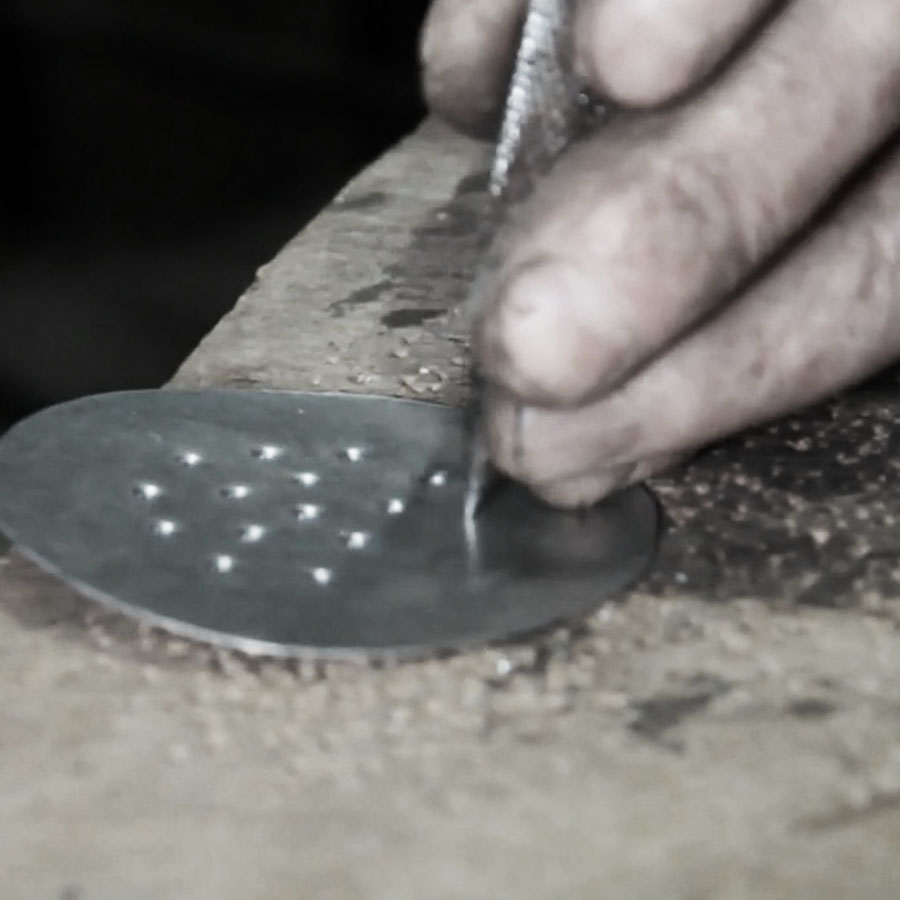Manufacturing Italian
districts
A network of Italian artisans to produce piece by piece the objects of Internoitaliano.
A large machine spread in small portions throughout Italy. From Friuli to Sicily, a large and well-assorted group of artisans transforms thoughts into objects, limits into opportunities. In this synchronicity of actions, the adventure of Internoitaliano is realized, which places artisan work at the center of its design and production experience.

The Ceramics of Albissola
The start of production of Albissola ceramics began in the last quarter of the fifteenth century. Here the ceramic production activity was aided by the presence of red clay deposits and white earth quarries present at various points of the plain and on the sides of the hills. The strategic coastal position facilitated trading and the vast spaces of the waterfront allowed drying of the newly forged objects.
Woodworking in Brianza
that is in the area north of Milan where one of the most important wood production in Italy is located. The origins can be traced back to the second half of the Nineteenth century, when the agricultural crisis resulted in the fragmenting of large land holdings and affirmation of the blossoming furniture industries. At the turn of the twentieth century, Brianza established itself as a furniture centre, capable of competing with French products thanks to the quality and to the increasingly refined wood processing techniques.
The chair district in Friuli
originated from the second half of the 19th century thanks to the migrations of carpenters of Carnic origin to the north-eastern Italian border towards the municipalities of Friuli. In the districts of Manzano, San Giovanni al Natisone and Corno di Rosazzo the first new family-run artisanal businesses began to spring up with a strong use of female labour, especially in the final stage of straw weaving and finishing of the product.
Blown Murano glass
like many glassworks in the Venice area, the trend, even today, is to work according to tradition. Venetian glassmakers began to practice this art by inheriting the use of sodium glass from the Orientals. The aesthetic skill for Venetians is based on the intuition that glass is an extremely malleable material and therefore suitable for being blown and modelled in an incandescent state, yet capable of maintaining the same chromatic characteristics even in the finished product.
Via Calderai in Palermo
unlike other "trade streets" that populate the city, is one of the few to preserve its ancient vocation. The "calderai, or "quarara” ("boiler", in Sicilian dialect) are the craftsmen that specialise in the production of braziers, pans, pots and other domestic utensils in copper, aluminium or steel, and who in this street had and still today have their artisan shops.
Rust prints on Romagna canvas
is a very ancient technique that makes use of molds in pear or walnut wood, carved by hand that are immersed in a coloured paste based on flour, vinegar and iron rust and used to imprint images on linen, cotton or hemp. This technique is widespread in the areas of Ravenna and Rimini, and in the province of Forlì Cesena.
Impruneta
a municipality located in the province of Florence, owes its fame as a terracotta district to the morphological characteristics of the soil. Thanks to the outcrops of particular argillites, the presence of the Greve River and the proximity to Via Cassia, the working of the famous Tuscan terracotta has had an extraordinary impetus since the times of Renaissance Florence
Artisan heritage
The “know-how” has become the real and only cultural value that is fundamental today.






